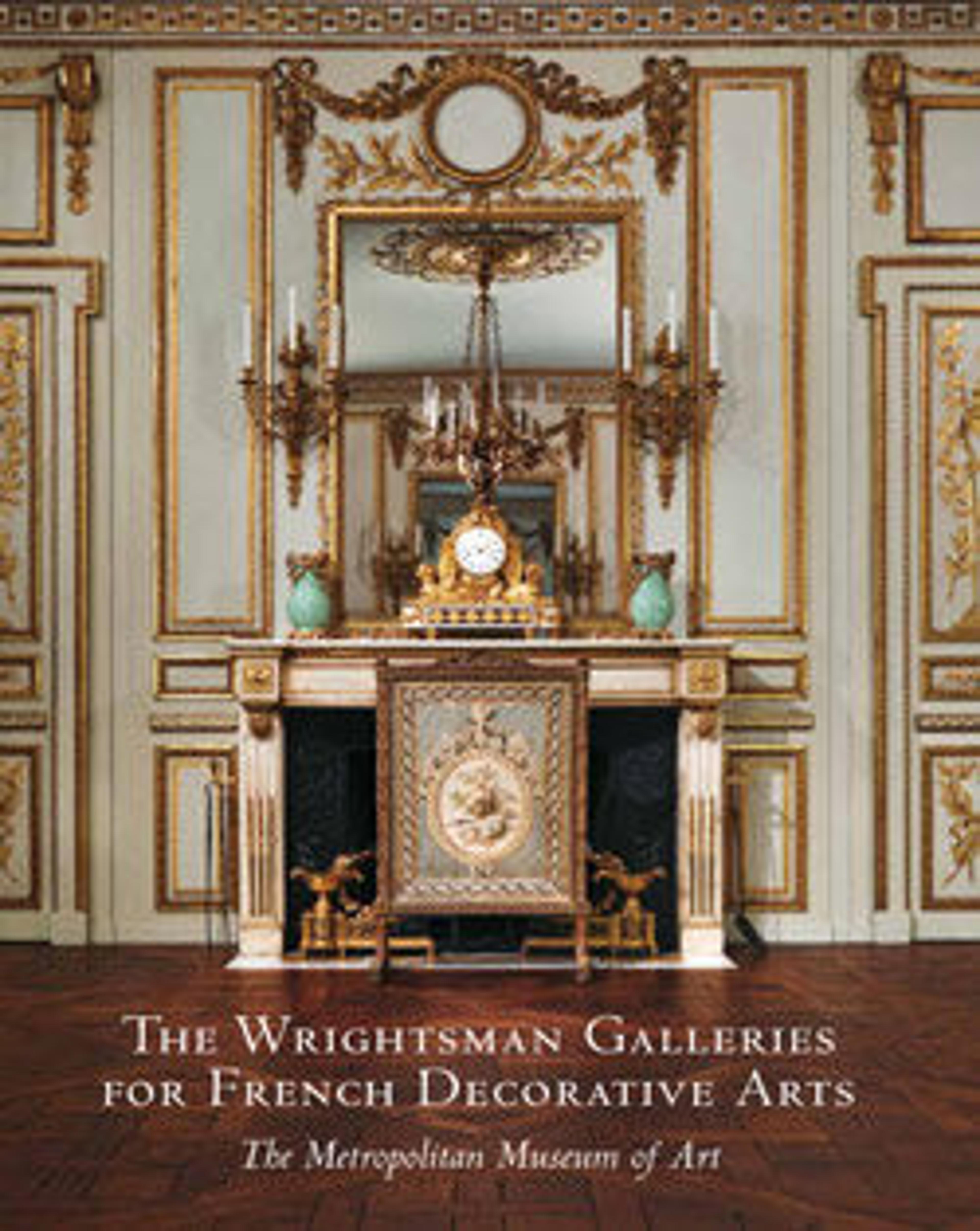Shopfront from 3, quai de Bourbon, Île Saint-Louis, Paris
This Parisian shopfront, from the north bank of the Ile Saint-Louis, stood on a site favorable to commerce, close to the junction of the Quai Bourbon and the Pont Marie, an early seventeenth-century bridge over the Seine. It was superimposed on the masonry of an existing seventeenth-century building, the modest outlines of which can still be seen. Chroniclers of late-nineteenth- and early-twentieth-century Paris drew attention to the charm and rarity of this isolated little shopfront, which was thought to be the only surviving eighteenth-century example in the city. By the time it was dismantled in World War I, the original painted surface had weathered to the bare oak and the woodwork had suffered some losses. When the shopfront was restored at the Museum, the natural tone of the wood was retained. The missing elements were supplied in accordance with a measured drawing of the shopfront published in 1870.
Artwork Details
- Title: Shopfront from 3, quai de Bourbon, Île Saint-Louis, Paris
- Maker: Etienne Séjournant (master in 1772)
- Date: between 1775–77, with later replacements
- Culture: French, Paris
- Medium: Oak
- Dimensions: Overall: 13 ft. 1 in. × 20 ft. 5 3/4 in. × 25 1/2 in. (398.8 × 624.2 × 64.8 cm)
- Classification: Woodwork
- Credit Line: Gift of J. Pierpont Morgan, 1920
- Object Number: 20.154
- Curatorial Department: European Sculpture and Decorative Arts
More Artwork
Research Resources
The Met provides unparalleled resources for research and welcomes an international community of students and scholars. The Met's Open Access API is where creators and researchers can connect to the The Met collection. Open Access data and public domain images are available for unrestricted commercial and noncommercial use without permission or fee.
To request images under copyright and other restrictions, please use this Image Request form.
Feedback
We continue to research and examine historical and cultural context for objects in The Met collection. If you have comments or questions about this object record, please complete and submit this form. The Museum looks forward to receiving your comments.
